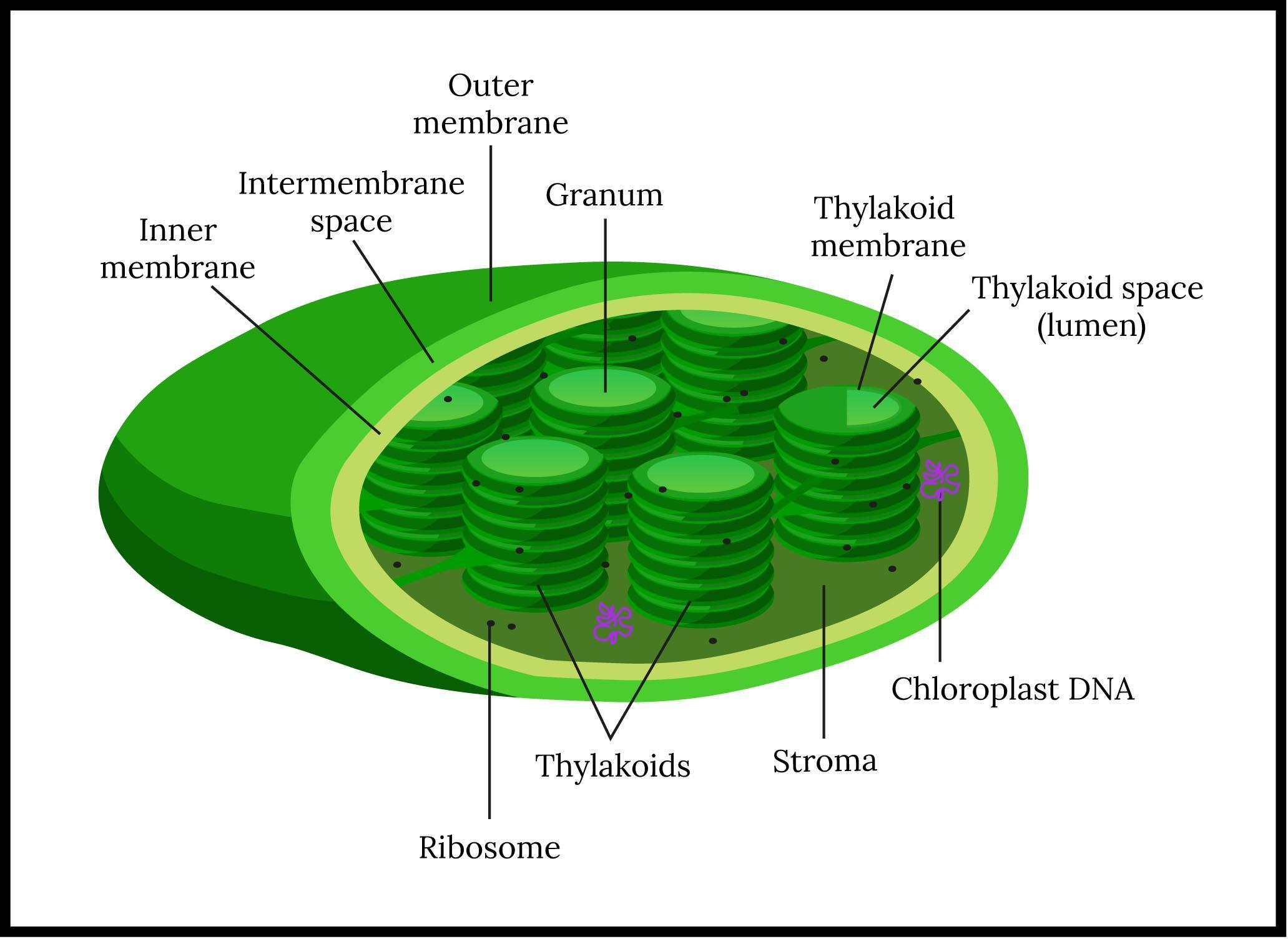Answer
405.3k+ views
Hint: It is formally characterized by the hydrogen of water, with the evolution of oxygen, as the photoreduction of an electron acceptor. The final electron acceptor is NADP+ in vivo, or in the body.
Complete answer:
The Hill reaction is characterized as the photoreduction by the hydrogens of water, with the evolution of oxygen, of an electron acceptor. The final electron acceptor is NADP+ in vivo, or in the body. In isolated chloroplasts, we can calculate the rate of the Hill response. Robert Hill first demonstrated in 1939 that, when incubated in the presence of an artificial electron acceptor (e.g. Ferricyanide) , illuminated chloroplasts produce oxygen. The reaction is a photosystem II property.
Additional information:
Oxygenation: The addition to every system, including the human body, of oxygen. Oxygenation may also refer to the method of treating a patient with oxygen or mixing oxygen with a drug or other material.

The Emerson effect is an improvement in the rate of photosynthesis after 680 nm (deep red spectrum) and more than 680 nm (far-red spectrum) exposure of chloroplasts to light. The rate of photosynthesis is far higher than the amount of the red light and far-red light photosynthesis rates when exposed to the light of both wavelengths at the same time. The result was early proof that two photosystems collaborate in photosynthesis, processing different wavelengths.
Initially, Blackman clarified the idea of dark reaction in photosynthesis. It is therefore also known by the name of Blackman's answer. This is essentially the step in which the photosynthesis chemical process takes place without the use of sunlight. The reaction occurs in the chloroplast stroma.
So, the correct answer is ‘Hills reaction’.
Note: The Hill reaction is formally characterized as the photoreduction by the hydrogens of water, with the evolution of oxygen, of an electron acceptor. In isolated chloroplasts, we can calculate the rate of the Hill response. As an artificial electron acceptor, this technique uses a dye that changes color as it is reduced.
Complete answer:
The Hill reaction is characterized as the photoreduction by the hydrogens of water, with the evolution of oxygen, of an electron acceptor. The final electron acceptor is NADP+ in vivo, or in the body. In isolated chloroplasts, we can calculate the rate of the Hill response. Robert Hill first demonstrated in 1939 that, when incubated in the presence of an artificial electron acceptor (e.g. Ferricyanide) , illuminated chloroplasts produce oxygen. The reaction is a photosystem II property.
Additional information:
Oxygenation: The addition to every system, including the human body, of oxygen. Oxygenation may also refer to the method of treating a patient with oxygen or mixing oxygen with a drug or other material.

The Emerson effect is an improvement in the rate of photosynthesis after 680 nm (deep red spectrum) and more than 680 nm (far-red spectrum) exposure of chloroplasts to light. The rate of photosynthesis is far higher than the amount of the red light and far-red light photosynthesis rates when exposed to the light of both wavelengths at the same time. The result was early proof that two photosystems collaborate in photosynthesis, processing different wavelengths.
Initially, Blackman clarified the idea of dark reaction in photosynthesis. It is therefore also known by the name of Blackman's answer. This is essentially the step in which the photosynthesis chemical process takes place without the use of sunlight. The reaction occurs in the chloroplast stroma.
So, the correct answer is ‘Hills reaction’.
Note: The Hill reaction is formally characterized as the photoreduction by the hydrogens of water, with the evolution of oxygen, of an electron acceptor. In isolated chloroplasts, we can calculate the rate of the Hill response. As an artificial electron acceptor, this technique uses a dye that changes color as it is reduced.
Recently Updated Pages
How many sigma and pi bonds are present in HCequiv class 11 chemistry CBSE

Why Are Noble Gases NonReactive class 11 chemistry CBSE

Let X and Y be the sets of all positive divisors of class 11 maths CBSE

Let x and y be 2 real numbers which satisfy the equations class 11 maths CBSE

Let x 4log 2sqrt 9k 1 + 7 and y dfrac132log 2sqrt5 class 11 maths CBSE

Let x22ax+b20 and x22bx+a20 be two equations Then the class 11 maths CBSE

Trending doubts
Fill the blanks with the suitable prepositions 1 The class 9 english CBSE

At which age domestication of animals started A Neolithic class 11 social science CBSE

Which are the Top 10 Largest Countries of the World?

Give 10 examples for herbs , shrubs , climbers , creepers

Difference between Prokaryotic cell and Eukaryotic class 11 biology CBSE

Difference Between Plant Cell and Animal Cell

Write a letter to the principal requesting him to grant class 10 english CBSE

Change the following sentences into negative and interrogative class 10 english CBSE

Fill in the blanks A 1 lakh ten thousand B 1 million class 9 maths CBSE



